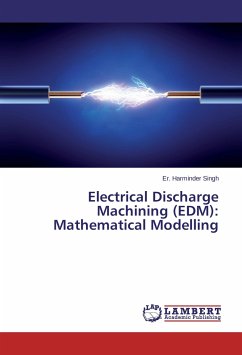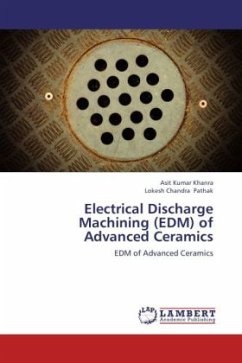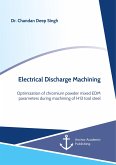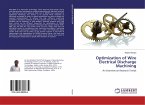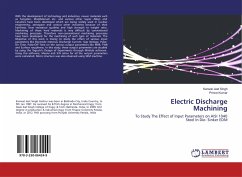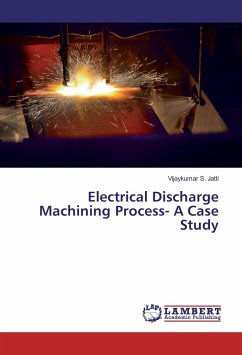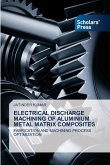Electrical Discharge Machining (EDM) has steadily gained importance over the years because of its ability to cut and shape a wide variety of materials and complicated shapes with high accuracy. The objective of this work is to study the distribution of input energy during EDM process by experimental and mathematical modeling. This further helps us to find the input parameters for optimum utilization of energy. During the EDM process, the electrical energy is converted into heat energy, and this energy is distributed among the tool and workpiece electrodes, and the dielectric fluid. This energy is used for the erosion of electrodes, stored and conducted through the workpiece, tool and dielectric fluid, and some part of energy is lost in radiations etc. The fraction of the energy which is used for the erosion of workpiece is the useful energy, and this energy should have maximum value for the optimum results. The effectiveness of the EDM process is evaluated in terms of the material removal rate, relative wear ratio and the surface roughness of the machined work piece surface. The energy distribution in the EDM process influences these machining characteristics.
Bitte wählen Sie Ihr Anliegen aus.
Rechnungen
Retourenschein anfordern
Bestellstatus
Storno

